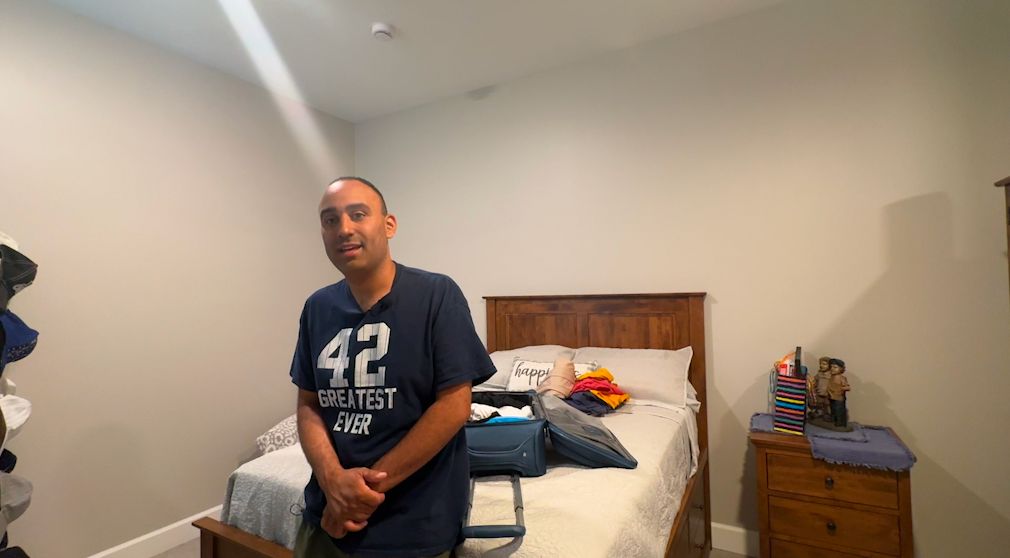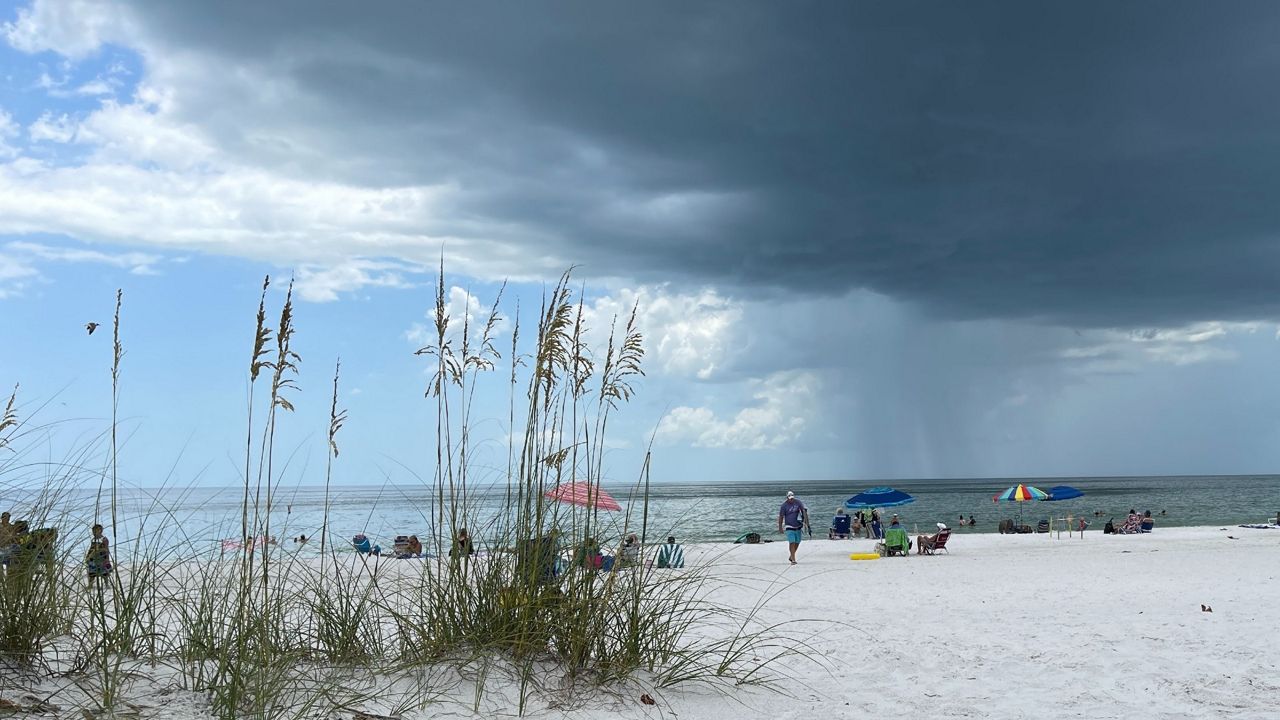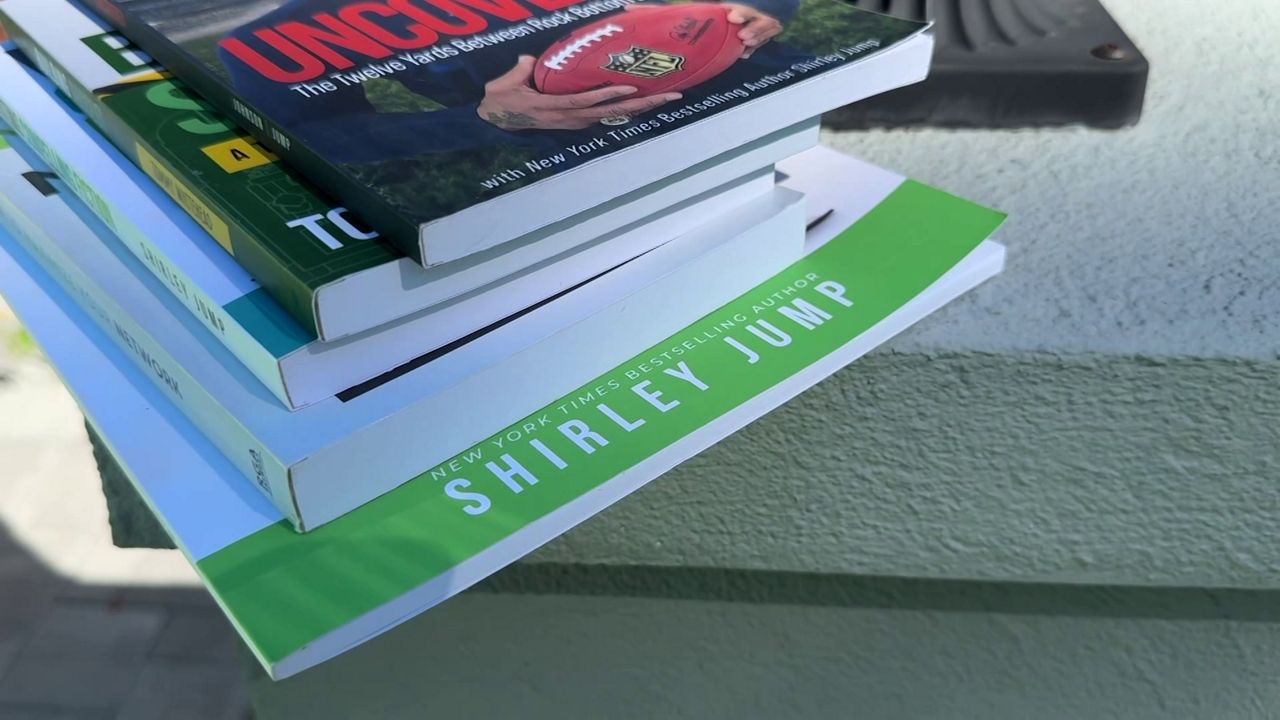TAMPA, Fla. — It is Super Bowl weekend, and while Tampa isn’t hosting the big game this year, it has in the past.
In fact, years ago in the early 1990s, the Super Bowl spotlight led to some changes in Gasparilla when it comes to inclusion.
What You Need To Know
- The Super Bowl spotlight led to some changes in Gasparilla when it comes to inclusion back in the early 1990s
- Some members of Tampa’s Black community say their memories of Gasparilla include segregation and exclusion
- Things changed when Super Bowl XXV came to Tampa in 1991, when the community tried to tie in the Super Bowl with Gasparilla, and the call to diversify Krewe members grew
- Grand Krewe De Libertalia was created in 1992 to show diversity and inclusion in parades
For the last 120 years, the Gasparilla festivities have taken over Tampa. Everything, from beads, pirates, and floats, are all part of the experience for some. But some members of Tampa’s Black community say their memories of Gasparilla include segregation and exclusion.
Most of the members of the Grand Krewe De Libertalia know all about the history of the parade.
Seeing what it is today is something Sylvia Adams never imagined she would see before she joined this crew 29 years ago.
“What you see right now on this float — all of these people — this did not exist in 1991. Me, standing here talking to you as a full-fledged crew member as a member of a Krewe, who is in the parade — this did not exist in 1991,” she said.
That’s right: Krewe members made up of men and women of different races on one float in the Gasparilla parade didn’t happen before 1991.
“For my family growing up, we did not come to Gasparilla because Gasparilla was always seen as sort of their thing,” Adams said. “We weren’t represented, we weren’t invited, we were not included, so it was always their thing.”
Photos from the first Gasparilla parade back in 1904 show the people in the Krewes were mostly white men, with white female members joining in the 1960s. And that was the reality until 1991, when Super Bowl XXV came to Tampa.
“There was an attempt to sort of tie the Super Bowl with Gasparilla, and have Gasparilla on a Saturday and the Super Bowl would be on a Sunday. But there were many, many prominent Black leaders in our community who stood up and said, ‘Hey, this does not reflect what this community looks like,’” Adams said.
After the controversy in 1991 and being pressed to diversify members, the hosting Krewe cancelled the Gasparilla parade that year. According to a 1990 New York Times article, the Krewe said it was because it was too late to admit new members. But a person who worked in the mayor’s office back then said that rather than succumb to the external pressure of integration, the Krewe cancelled the parade.
Jessie Hill remembers this time very well.
“Gasparilla cancelled their participation in the parade, and at that time, they were the predominant number of floats that were in the parade. So by them pulling out, there was no parade. So there had to be a substitute, and that’s where Bamboleo came in,” Hill said.
Hill served on the Super Bowl task force that year and helped with the city’s substitute, multicultural parade named Bamboleo. Hill said he knew more needed to be done to diversify Gasparilla.
”My thought was it was Gasparilla’s party. They have been existing since 1904 and in order to make a game changer, you have to get in the game. And this is where Grand Krewe De Libertalia came to be, which means, ‘grand Krewe of Liberty,’” he said.
Hill still has his vest from the first parade his newly-formed Krewe participated in back in 1992. The symbols on the vest and their float include a black and white hand. “Those are hands bringing together the community, black and white,” Hill said.
His members at the time were made up of predominately Black men and women, along with Hispanics and some white members.
The steps he and others took during that time made the steps the men and women in the Gasparilla parade possible today.
Historians said Black high school band members were the first Black people allowed in the parade back in 1965. But complaints of walking in the parade five blocks before it even started, or having to walk in the back through horse manure, made this less than a victory at the time. It’s a very different picture from what we see today in a parade with diversity that represents the people who live here.
In addition to the parades, the Krewes involved in the Gasparilla parades also do a lot of community service in the bay area. The Grand Krewe de Libertalia partners with the Hillsborough Education Foundation, providing scholarships to students who have had struggles.









